What will a 1000 Watt Inverter Run?
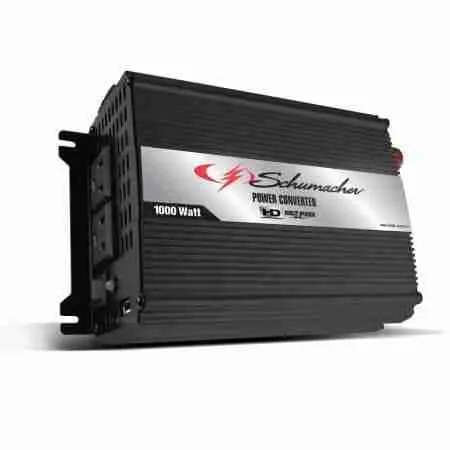
As the owner of a camper, RV or car you might want to bring more than just your cell phone on those long road trips. In this article we will go over what will a 1000 watt power inverter run. That being said, there are several things that you should understand if you are considering investing in an inverter. In fact, there is a lot more that goes into purchasing a 1000 watt inverter than just simply knowing what it will run.
What is an inverter?
An inverter is an electrical device that converts a direct electric current (DC), typically from a battery source, to an alternating electric current (AC). This is not to be confused with a converter, which does the opposite. Direct current is electrical power that only goes in one direction from one device to another; alternating current, on the other hand, can go in either direction.
- History
- Did you know that inverters have been around since before you were born? The first inverters were created back in the 1800s using much less sophisticated technology, such as mechanical parts. Early inverters were mostly mechanical devices; more modern versions are typically the electronic designs we see today.
- How does it Work?
- Mechanical versions usually consist of a motor (or a series of motors) coupled with coils of wire and moving components. The movement created by these parts was what generated the power and then converted it appropriately from DC to AC.
- Modern versions consist of more electronic components, such as circuits and diodes. They are usually solid state or static inverters, which means that they do not use moving parts to complete the conversion from DC to AC.
Types of Inverters
There are three significant types of inverters based upon their outputs. They are square wave, sine wave, and modified sine wave. Each of these outputs have unique power outputs and therefore are used for different purposes based on the power sensitivity of the receiving device. Simply put, some devices are incapable of handling certain inverter outputs and if the wrong inverter is used, a device may not work at all or become damaged in use.
- Square Wave Output
- Square wave output inverters are one of the simplest in nature. They basically output either a positive or negative current with no intermediate steps.
- Sine Wave Output
- Sine wave output inverters are sometimes called pure or true sine wave inverters. These types of inverters output something close to a sine wave, but are actually a series of small steps up to the maximum and then down to the minimum values.
- Modified Sine Wave Output
- Modified sine wave inverters produce a simplified sine wave pattern. Essentially, it is a three-step square wave output at values of maximum, zero, minimum, zero, maximum, etc.
Benefits of Inverters
There are numerous benefits that can be had from using an inverter in commonly used equipment. For example, take an air conditioning unit that uses an inverter and compare it to one that does not use one. The non-inverter unit is restricted to a fixed amount of power, which means it has to stop and start to regulate the temperature it produces, while an inverter unit does not.
- Faster Response Time in Equipment
- If an air conditioning unit utilizes an inverter, it is capable of varying the amount of power it needs. This allows the system to adjust accordingly without constantly stopping and starting to achieve a desired temperature.
- Reduced Running Cost
- Since the air conditioning unit achieves its set temperature faster, it runs less. Therefore, the unit with the inverter is capable of using a smaller amount of power and costing you less. On average, inverter power usage versus non-inverter power usage can decrease your costs by about forty percent.
- Efficient Outputs of Powered Devices
- As previously stated, an air conditioner that uses an inverter does not have to stop and start as often, which makes it more efficient. It simply applies the necessary power needed to achieve a specified temperature and, once it does, it shuts off.
- Less Noise
- An inverter unit also creates less noise because it does not have to start and stop nearly as often. The constant motion created by a non-inverter unit can cause additional wear and tear, which can cause the unit to run louder.
- Improved Maintenance
- Since there is less wear and tear on the unit, there is a reduction in maintenance time and cost. Maintenance may be as simple as a visual inspection rather than a more thorough hands-on check.
Additionally, a major benefit of an inverter is that it can enable a limited power source, such as a battery, to have the capability of powering larger devices more reliably. This is because an inverter takes the DC power from a battery produces and outputs the AC power that most devices require. This can be especially useful when camping and utilizing a Recreational Vehicle (RV) or when boating.
Things to Consider Before Purchasing an Inverter
To understand more precisely what type of inverter you might want, you will need to look at several important aspects. Make sure to do your research with regards to all the following items. Manufacturers usually provide specification data on their websites or you can simply call and speak to their customer service representatives to ensure you understand the details of a product.
- Inverter Wattage
- Inverters come in a variety of wattages and they can be used to power an assortment of differently sized devices. Depending on what you want to power, you will need to pick an inverter that is capable of producing more than enough wattage than you might require at any given time. This means your inverter will also have to be capable of maintaining that particular wattage for a set amount of time.
- No Power Drain
- If you are going to constantly use an inverter to help power your AC devices using a DC battery, you may want to ensure that your inverter is capable of idling. Inverters that are capable of idling draw a fraction of the power from batteries than non-idling versions. Therefore, inverters that have an idling function will not drain your battery as quickly as non-idling ones will.
- Surge Rate
- All inverters are capable of producing a continuous output in addition to a surge output. This ensures they are able to handle a wattage overload for a short period of time if required. Surge ratings vary from inverter to inverter; if you often have surge issues, pay careful attention to this rating to ensure you purchase a device capable of maintaining constant power.
- Efficiency
- If you have determined that you are going to use your inverter to help power a set number of devices, you will need to ensure it is efficient and reliable. Nothing is going to frustrate you more than if you are constantly losing power on your laptop or microwave right in the middle of using it.
- Safety Features
- Make sure to take into account what special features an inverter might have, including safety features. If you are going to constantly run your inverter, it might be beneficial to have a unit that provides low voltage warnings. For added safety, some inverters come with built-in protection that keeps them from being over powered, which can potentially destroy the unit.
- Type of DC Battery Being Used
- It is always good to know exactly what type of DC battery you plan on using with your inverter. Because DC batteries and inverters vary, you may find that you need more than one battery or multiple smaller inverters in order to achieve optimum usage.
- Connections Options
- Keep in mind your overall usage goal because it may limit where an inverter needs to be positioned. Inverters that produce smaller wattage outputs are capable of hooking into your battery through a cigarette socket. Inverters that have a larger wattage output, however, will likely need to be hooked directly to a battery’s leads.
- Cost
- Inverters can be costly, but if you have weighed all of the other options above, then you should have a clear understanding of what your inverter needs are. If your intention is to use the inverter to help power equipment in your RV constantly, then a higher price tag might be justified by the overall cost savings that are realized by the savings that come from reducing electrical usage.
As with any product, what inverter you choose to purchase has to be driven by your overall need. If your intention is to power minute and simple devices, then a small inverter may be perfect. However, if your intention is to power multiple devices at one time, then you will have to consider an inverter capable of handling that power load.
Wattages Available and What They Power
Inverters come in a variety of wattages that range from 50 watts all the way up to 50,000 watts. It should be noted, however, that inverters capable of 10,000 watts or more are not typically found in household or recreational use. Common wattages for homes and recreation are 150, 300, 600, 1000, 1500, 2000, and 3000 watts.
- 150 Watt Inverter
- The wattage from this kind of inverter is capable of powering extra-small devices, such as laptops, tablets, and cell phones. They can also power light bulbs and DVD players.
- 300 Watt Inverter
- This wattage is able to power small devices, such as a smaller television and a credit card machines. It can also provide enough power to charge batteries used with power tools.
- 600 Watt Inverter
- This wattage is capable of powering slightly larger televisions along with gaming consoles. In addition, it can power larger lighting devices that use halogen bulbs along with refrigerators.
- 1000 Watt Inverter
- A 1000 watt inverter is capable of powering numerous small appliances and devices, such as a coffee maker, printer, laptop, tablet and gaming devices like the Xbox. Other devices that can be powered by a 1000 watt inverter are an iron, toaster, vacuum, and some space heaters.
- 1500-2000 Watt Inverter
- This range of wattage is capable of powering medium sized appliances, such as a microwave. It can also handle larger power tools like a table saw and chainsaw. Additionally, these inverters can power household devices, like a sump pump, which make them ideal battery back-up options.
- 3000 Watt Inverter
- This wattage is able to power larger power tools, such as a table saw and a chainsaw. Additionally, it can handle the powering of air compressors and toaster ovens.
Trade-Offs
There are plenty of trade-offs that need to be considered before purchasing an inverter of any size and wattage. Specifically, you need to investigate if the DC batteries you currently have are sufficient for what your planned usage is with an inverter. Additional batteries or inverters increases cost, but can give you a more desired outcome.
Multiple Devices vs Power Consumption
You will also need to think hard about what items you might want to power at one time. Will it be possible to run a microwave, television, and computer all at the same time? It may be if you purchase an inverter that comes with multiple plugs and outputs enough wattage at a consistent rate. However, you may find that you drain your battery faster when using it with multiple devices simultaneously.
Duration vs Power Bank
Consider a 1000 watt converter that is capable of powering numerous small appliances. Not only will this inverter require cabling that connects it directly to a battery source, but it will likely only power your numerous devices for roughly 2 hours before exhausting a single battery source. This is where the discussion of creating a battery bank might be relevant because it will increase how long the power source will last.
Final Thoughts
When determining what will a 1000 watt power inverter run, you must first determine what your overall goal is when it comes to its usage. Are you simply looking to power a small device at random times or are you looking to power large appliances for longer durations in order to save money? For your needs and usage expectations, make sure you invest in an inverter that has the power to keep you up and running.
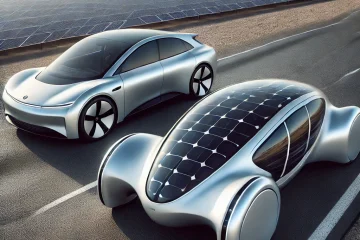
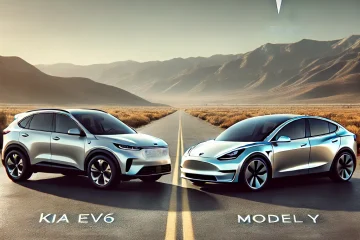
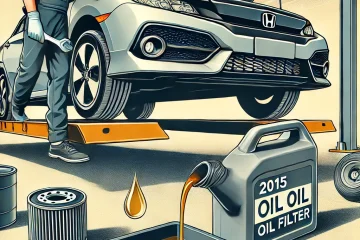
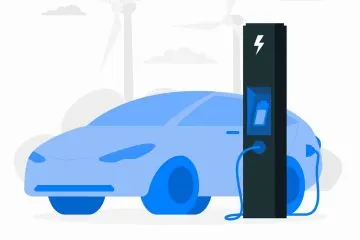

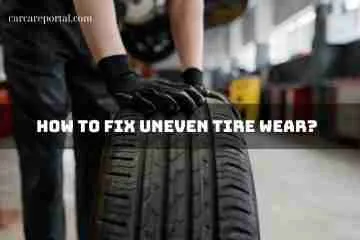
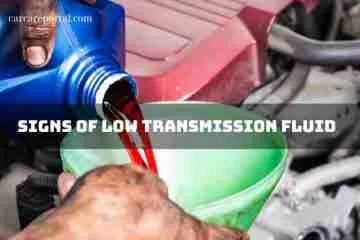



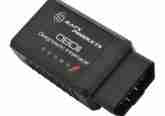
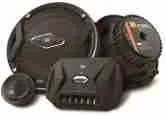
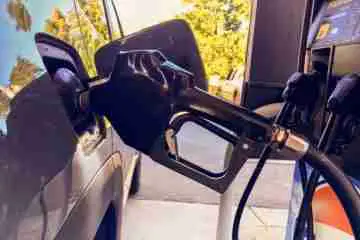
No Comment